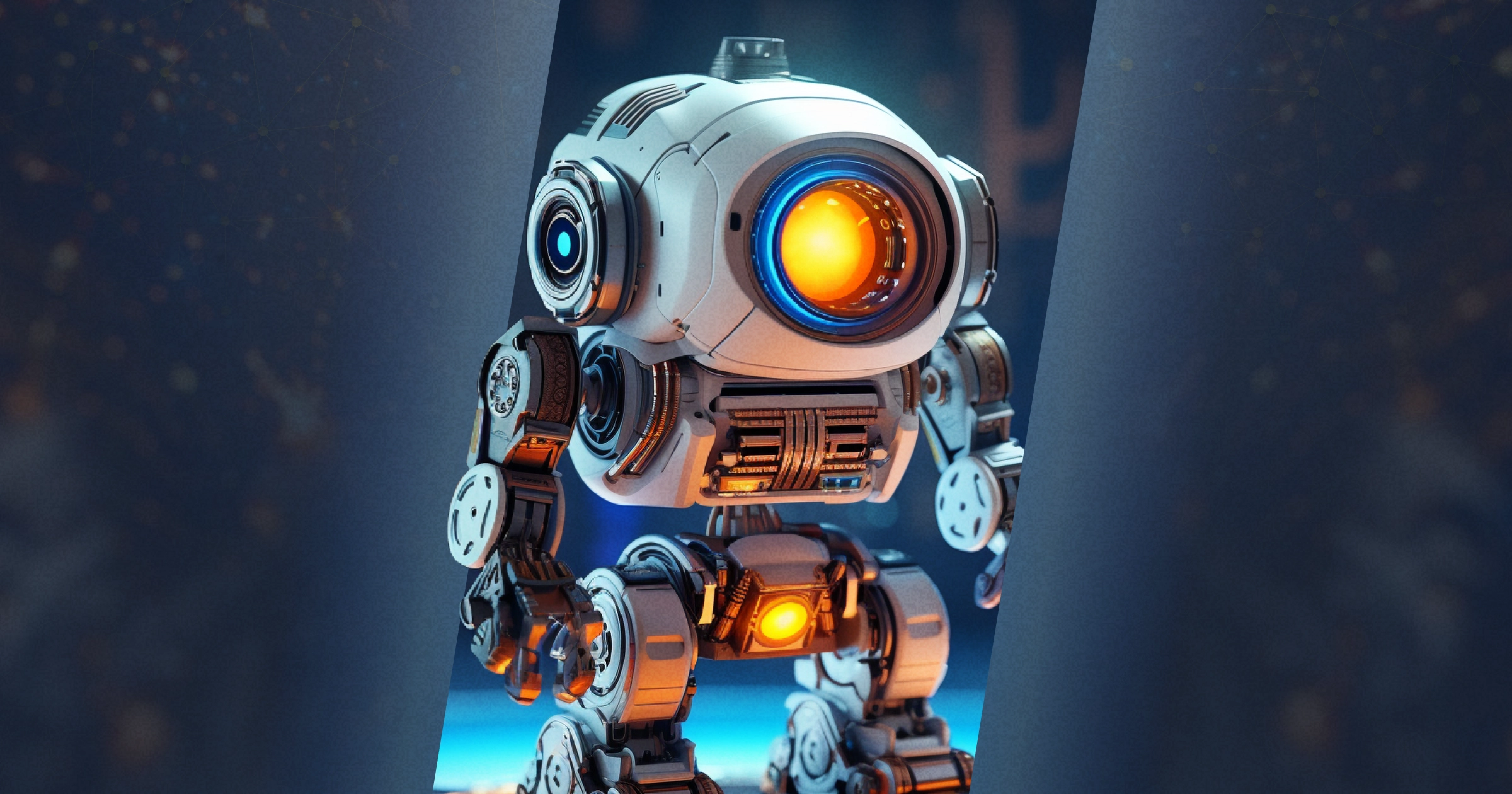Autonomous AI Agents
Enhancing humans at repetitive but complex cognitive tasks using LLMs.

What is an Autonomous AI Agent?
In general, an Autonomous AI Agent is a self-driven entity powered by advanced artificial intelligence, designed to operate independently within a specific environment or set of tasks. Unlike traditional AI models that require explicit instructions, these agents rely on their learning and decision-making capabilities to navigate complex scenarios.
Drawing inspiration from natural intelligence, they can adapt, evolve, and make choices based on their experiences and the data they encounter. In essence, Autonomous AI Agents represent the next frontier in AI, where machines process information and act on it with a degree of autonomy akin to living organisms.
At this point, the LLMs like OpenAI’s GPT are the main drivers behind agents. It’s already clear that LLM agents will replace or enhance humans in repetitive but complex cognitive tasks.
What are the main components of an Autonomous AI Agent?
Autonomous AI Agents operate at the intersection of advanced machine learning models, software engineering, and knowledge databases. At their core, they utilize LLMs that are саpable of understanding instructions, context, and overarching goals.
This understanding is further enhanced by LLM tool prompting, where a predefined set of tools is made available to the agent, allowing it to decide on tool usage based on its natural language understanding capabilities.
A crucial aspect of their operation is the prompting techniques. One of the most notable are the chain of thought and tree of thought approaches. This involves the agent maintaining a structured, evolving understanding of tasks like a human's thought process.
To support this, aside from the LLM context, vector databases can serve as state storage and overall knowledge base, ensuring the agent has access to a vast reservoir of external information, either initially injected or gained during the agent's action chain.
Iterative context expansion and prompt cycling are pivotal in refining the agent's actions. As the agent interacts with its environment or receives new data, it iteratively expands its context, cycling through prompts to ensure optimal decision-making.
However, the true power of these agents lies in tool automation. Simple API interactions often fall short in real-world scenarios. To bridge this gap, significant software engineering efforts are required.
This might involve parsing websites more intricately, extracting information through multiple message exchanges, or even gleaning insights from voice calls. Building complex software toolchains, which can handle such diverse tasks, truly sets apart influential Autonomous AI Agents from rudimentary ones.
What are the use cases for such a system? What are some success examples?
What are the use cases for such a system? What are some success examples?
Autonomous AI Agents have found their footing in diverse applications, from code generation to gaming environments. Here are some notable open-source examples:
Auto-GPT leverages GPT-4 to achieve user-defined goals, such as business processes, test case generation, code debugging, and creativity. It boasts internet search, memory management, text generation, website parsing, platform integration, and summarization.
GPT-Engineer allows users to define how their code should appear. It can generate an entire codebase based on a user's prompt, making it a valuable tool for developers.
Voyager is a groundbreaking agent in the Minecraft universe, Voyager is an LLM-powered entity that learns and explores without human intervention. It combines an automatic curriculum for exploration, a growing skill library, and an iterative prompting mechanism that integrates feedback for improvement. Voyager's proficiency in Minecraft is unparalleled, achieving milestones much faster than previous state-of-the-art methods. The news of OpenAI acquiring Global Illumination, an OpenSource Minecraft clone, further underscores its potential.
LangChain Agents is a Python framework is designed to swiftly prototype agents, offering developers a streamlined process to bring their AI concepts to life.
OpenAI plugins, like the one for WolframAlpha, extend the capabilities of pure GPT, allowing it to tap into specialized databases and tools, enhancing its utility and knowledge.
AutoGen is a multi-agent conversation framework designed for streamlined LLM workflow creation, supporting a variety of applications across numerous domains. It also boasts enhanced LLM inference APIs, optimizing performance and cost-effectiveness.
Conclusions
Autonomous AI Agents powered by advanced LLMs are reshaping the boundaries of what's possible in the AI domain. From generating intricate codebases to navigating virtual worlds with proficiency, these agents exemplify the convergence of deep learning, software engineering, and user-defined goals.
As open-source initiatives like Auto-GPT and Voyager continue to evolve, we stand on the cusp of a new era where AI understands complex instructions and acts upon them with remarkable autonomy.





